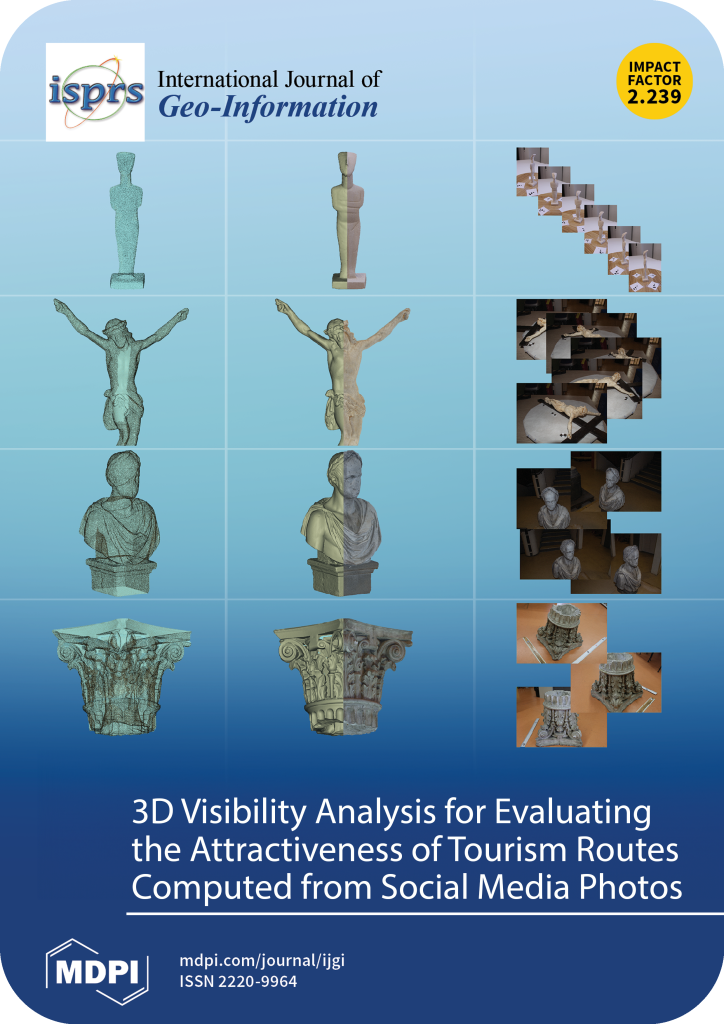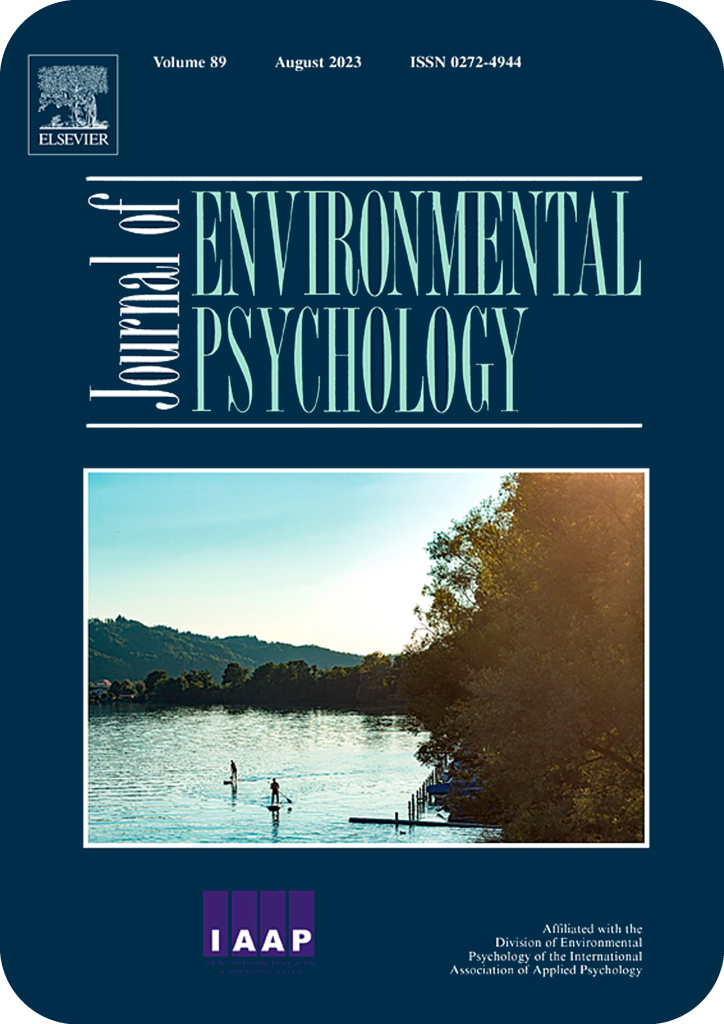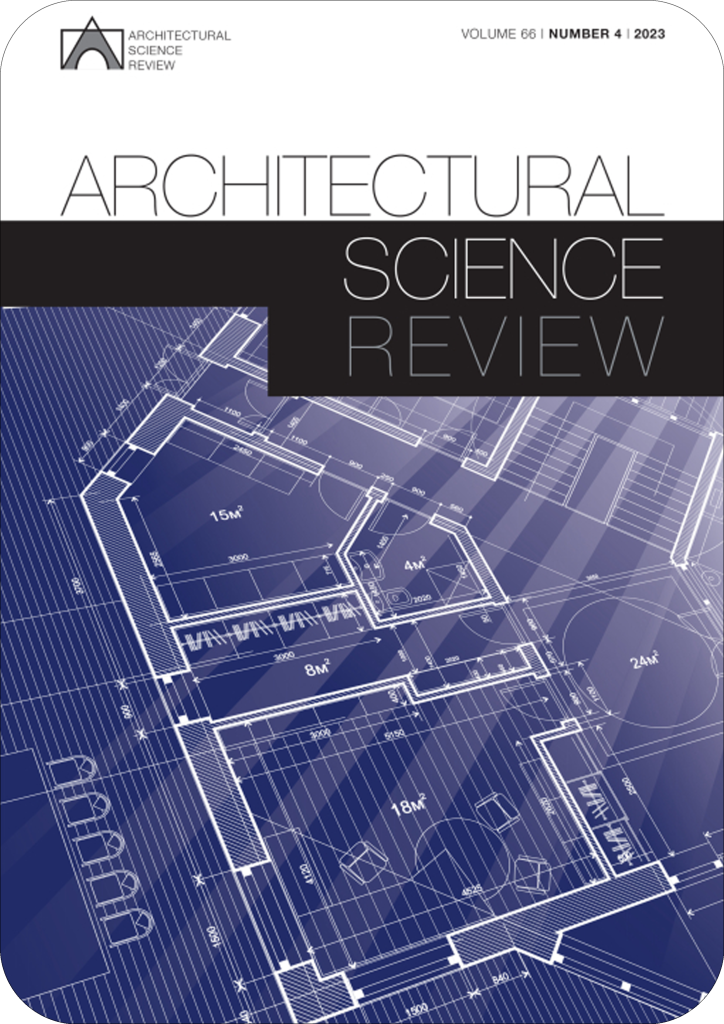
Abstract: To improve pedestrians’ wellbeing and walkability in urban environments, designs must address a range of factors. To enhance such designs, spatial assessments of urban attributes are important, as they may contribute to our understanding of the impact of the urban setting on peoples’ perceptions when traversing these areas. This research proposes a novel hybrid tool for conducting mesoscale analyses that enables the capturing of parameters that influence pedestrians’ visual perceptions, and in turn, generates opportunities for examining specific urban attributes. Such analysis is based on empirical, data-driven methodologies, bridging the gap between microscale and macroscale evaluations. A comparative analysis of three walkable New York City case studies is conducted to demonstrate the hybrid analysis tool, that is comprised of three models: dynamic visibility analysis for predicting perceived density (DVA-D); dynamic visibility analysis for predicting potential interactions with the defining street facades (DVA-I); and dynamic enclosure street section analysis (DESSA). Combined, these models simulate the pedestrians’ perceptions of the urban scape. While all three environments are similarly ranked in Walk Score®, they inherently differ in their perceived density, potential interactions, and enclosure. The hybrid assessment highlights the physical urban attributes of each case study with regards to pedestrians’ visual perception. The readability and visibility of this analysis results may provide architects, urban planners, and stakeholders with a valuable tool for urban decision-making.
More Papers




